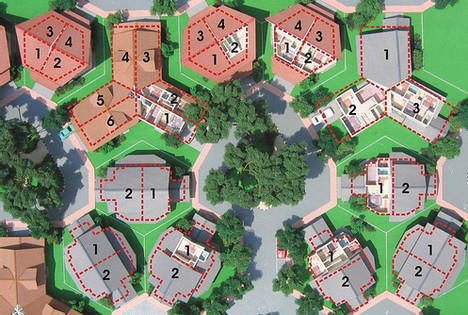Little boxes on the hillside,
Little boxes made of ticky-tacky,
Little boxes, little boxes,
Little boxes, all the same.
There’s a Chinese one and a Indian one
And a Turkish one and a Korean one
And they’re all made out of ticky-tacky
And they all look just the same— an adaptation of Little Boxes by Malvina Reynolds
Suburbia, the American innovation/scourge, like many other parts of American culture appears to appeal to the rest of the citizens of Planet Earth as much as it does to us. According to an article by the nation’s coloring book USA Today world leaders are looking to the American suburb to learn how to better manager their own growth and development. At first glance this seems to be a cause for concern. American suburbs are not perfect, far from it, they contribute to petroleum consumption, energy waste, land waste, and material waste; but they also allow better air quality, education, an escape from noise and light pollution, and an overall appearance of an better quality of life. Luckily, this dichotomy is why other countries are studying the American model. They are not copying us wholesale, instead they are editing and adjusting our construction and planning methods (or lack thereof) and making them fit into their cultures and in some cases be more “green.” I hope that this learning arrangement mirrors the technology sharing that has happened in the past decades and that we will be able to learn from other countries applications of the suburban mode and adjust our existing suburbs to be more efficient and earth friendly.
